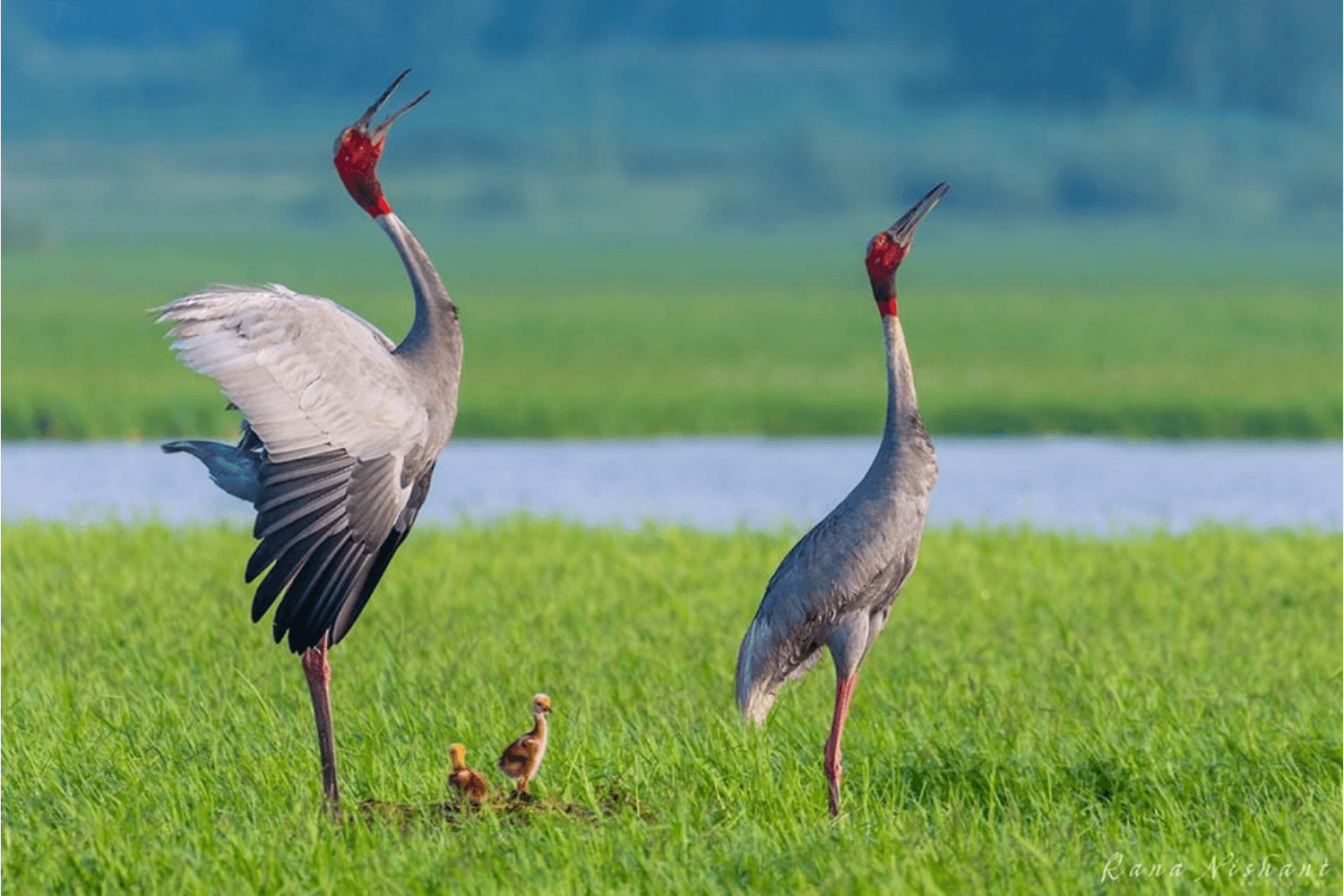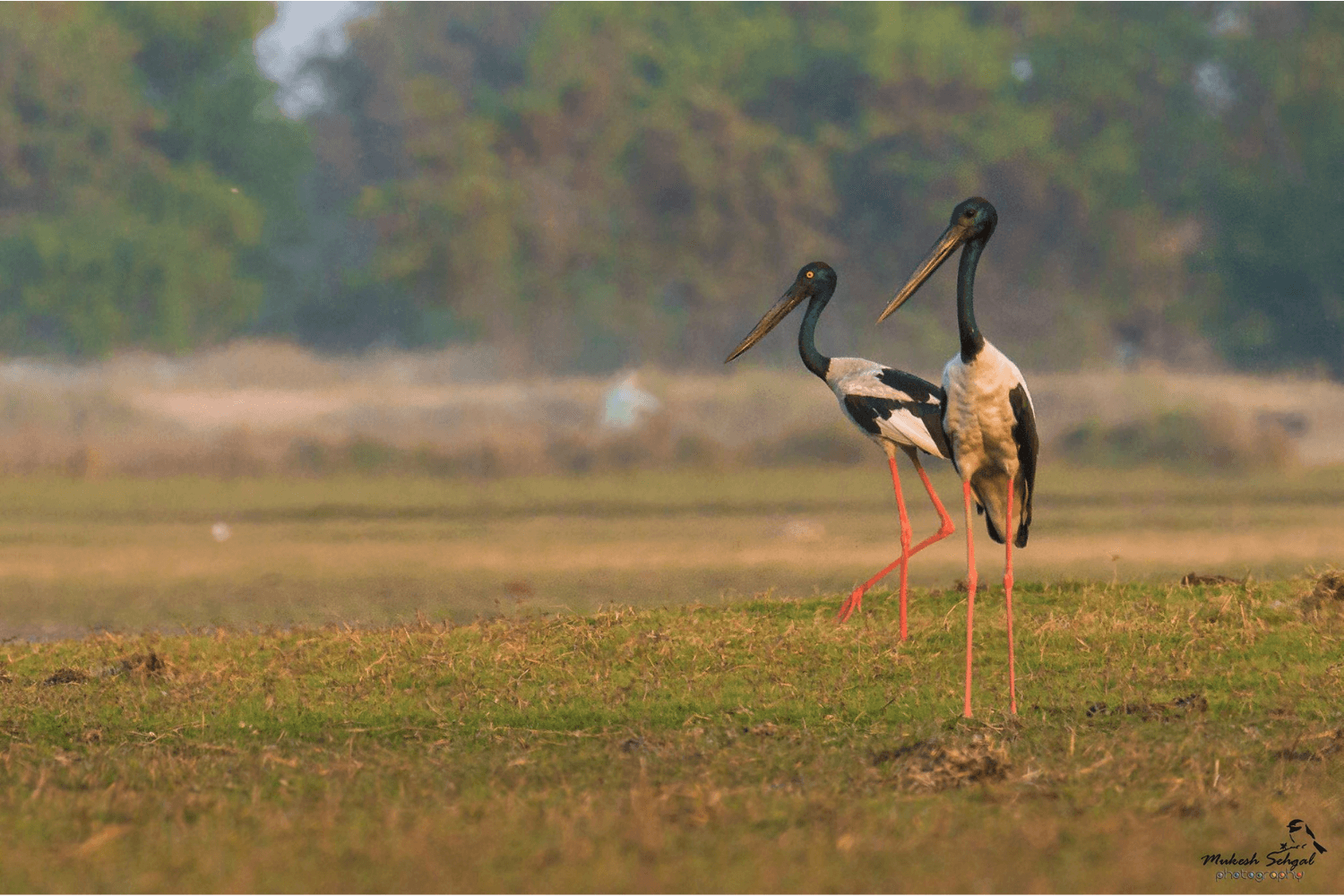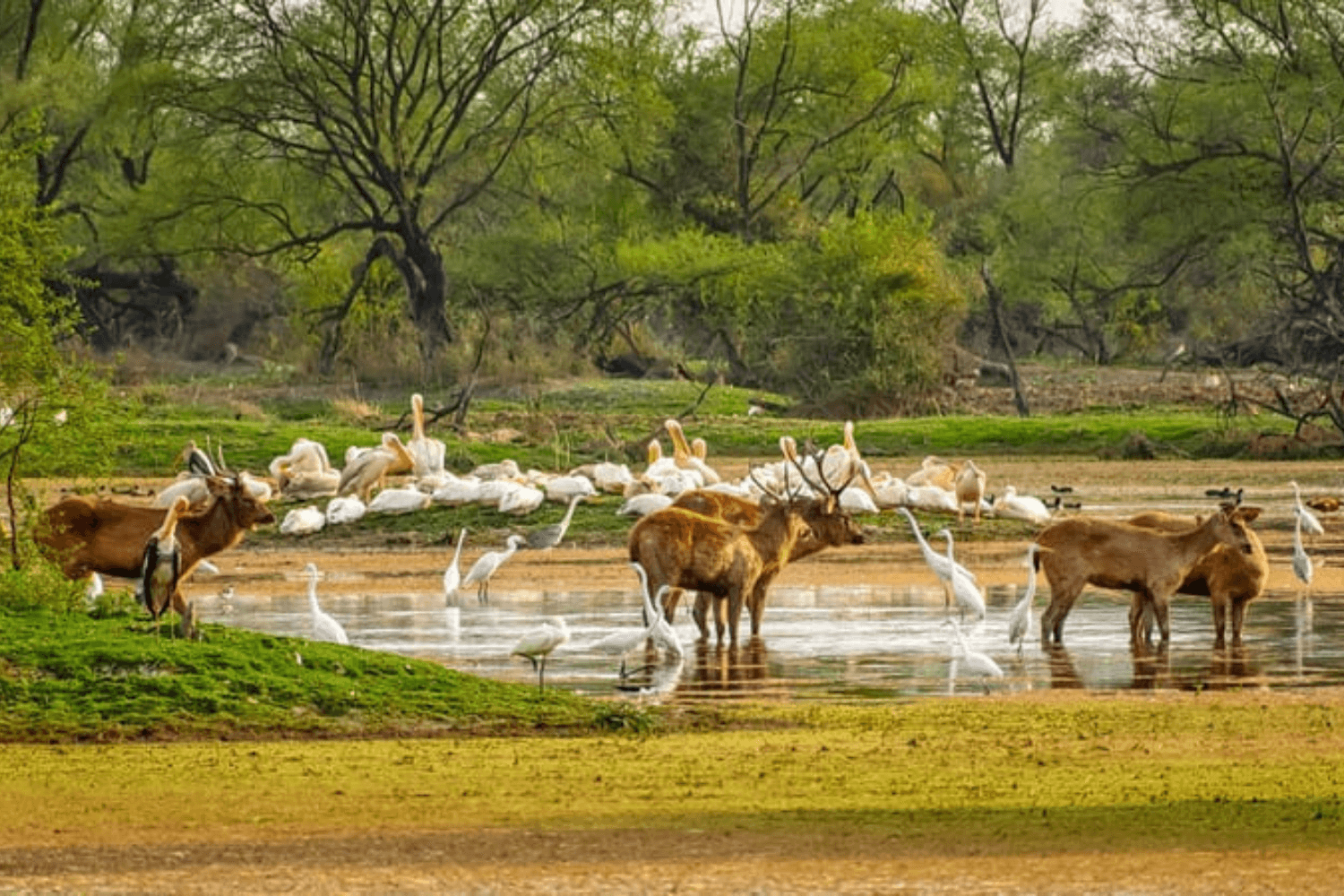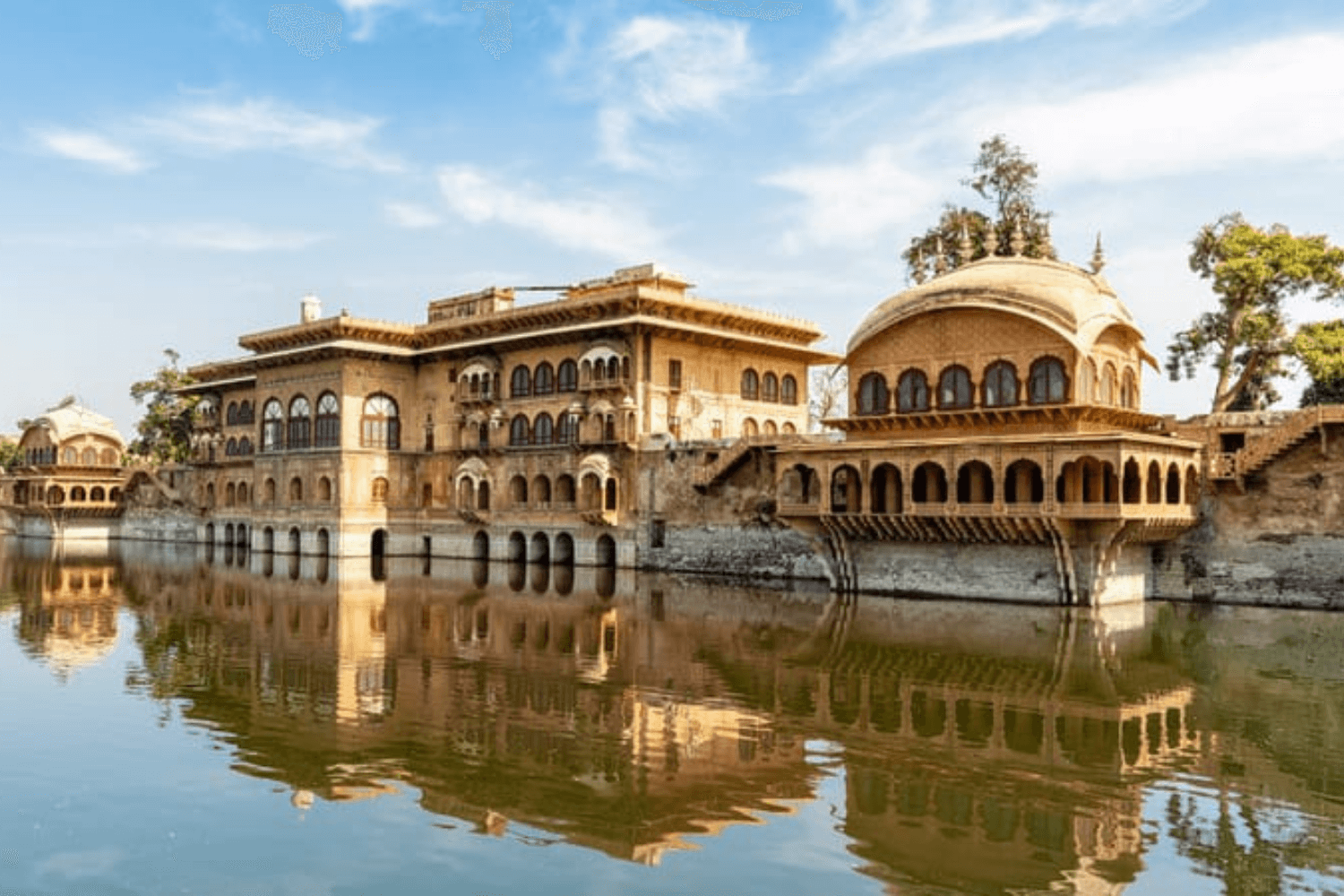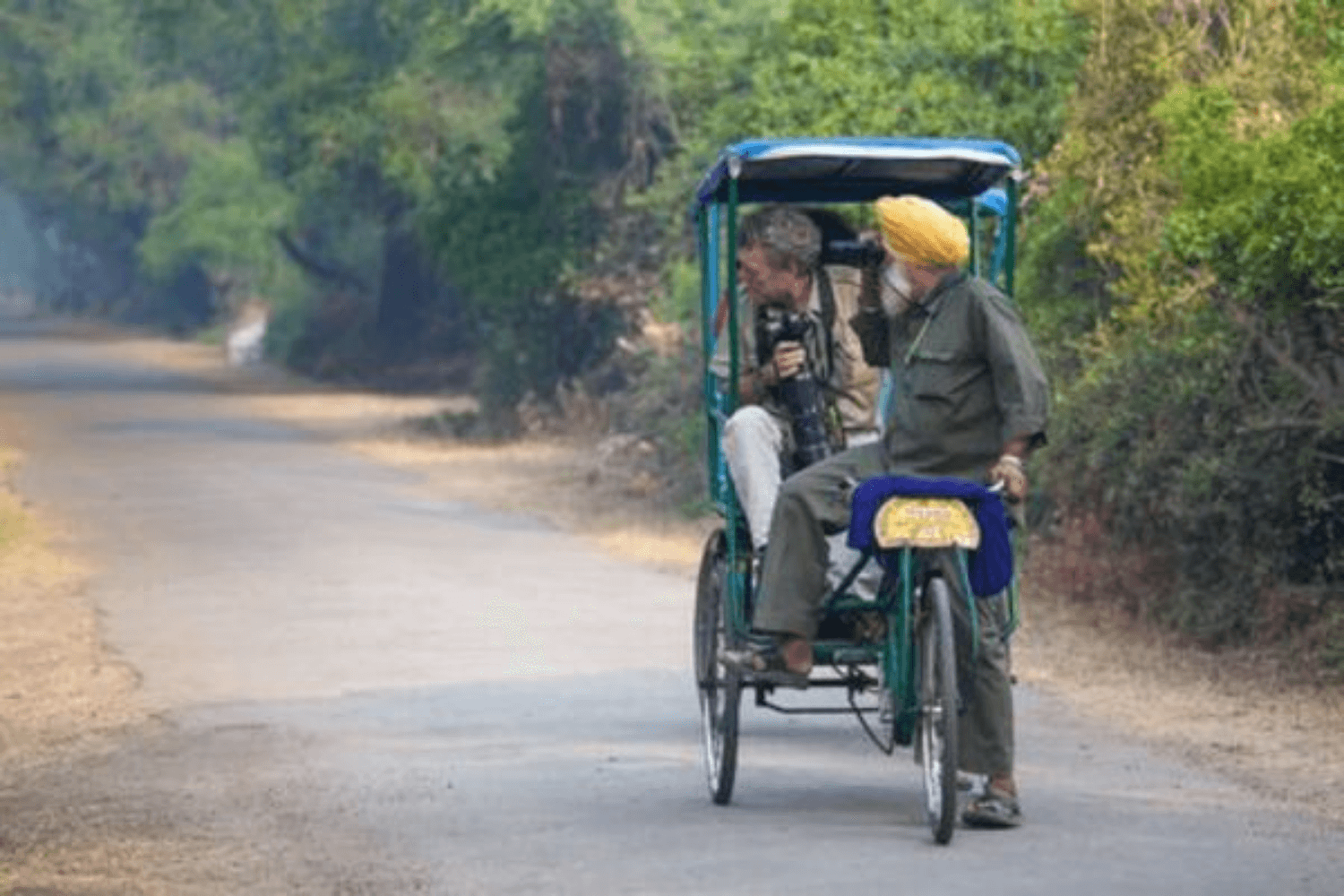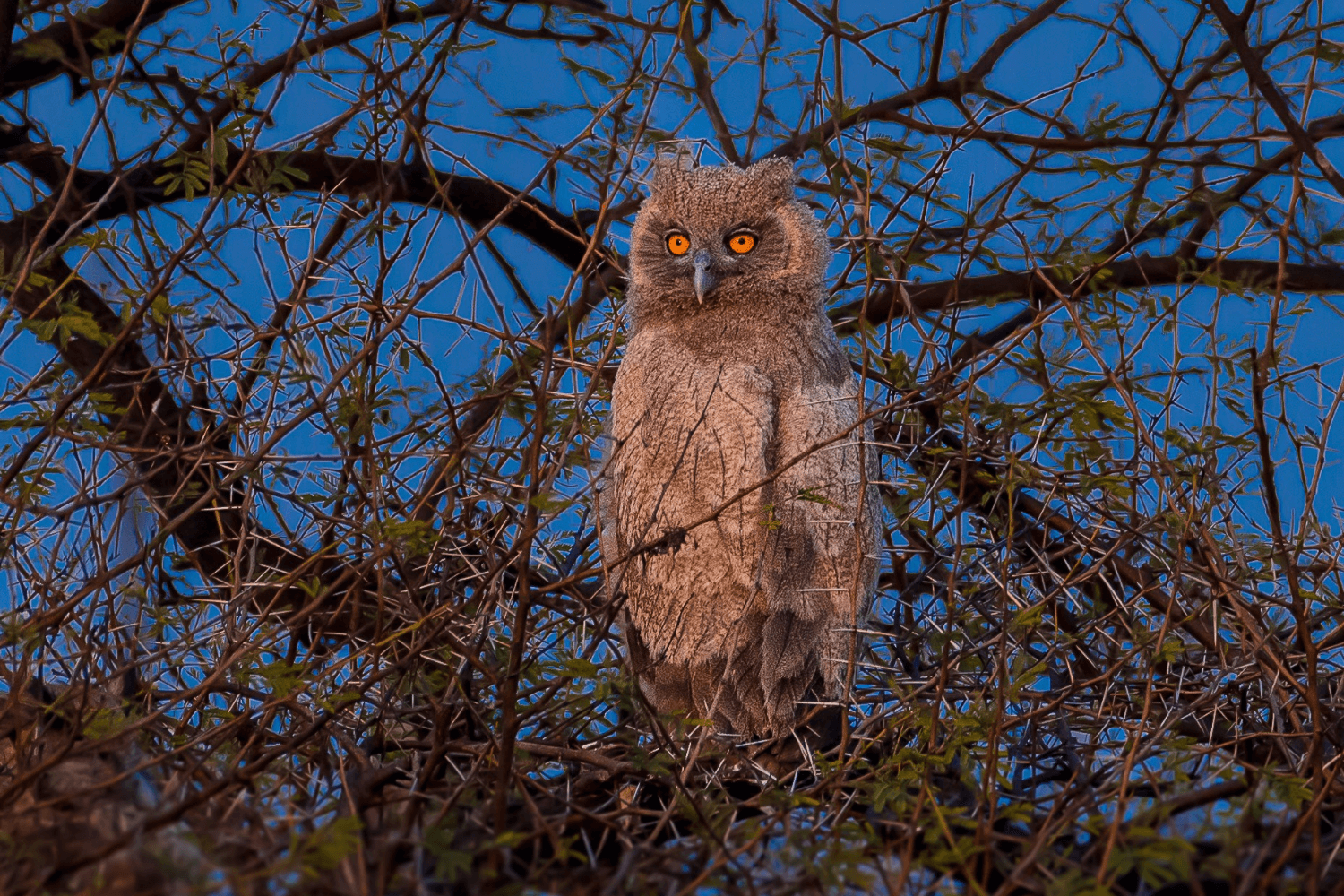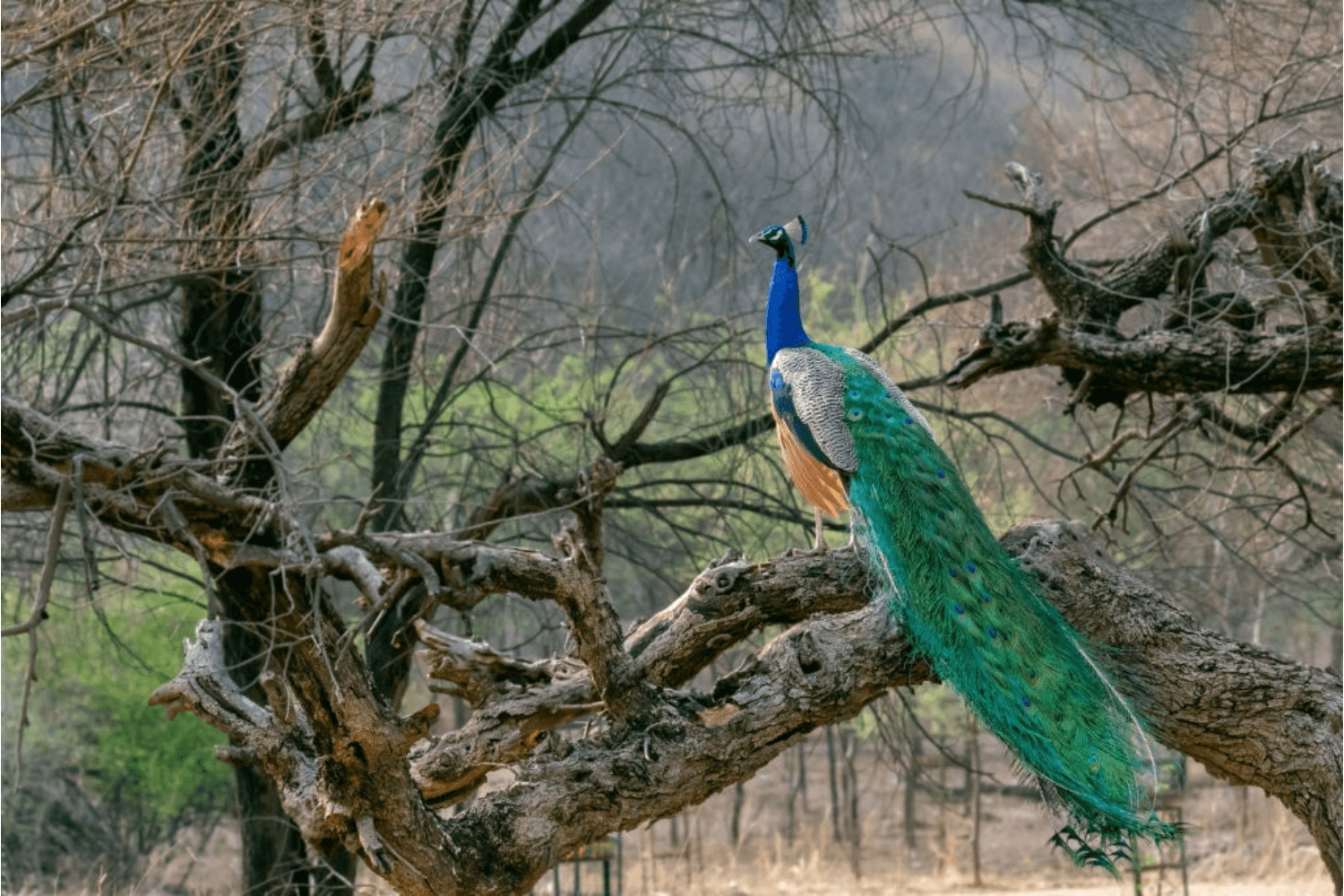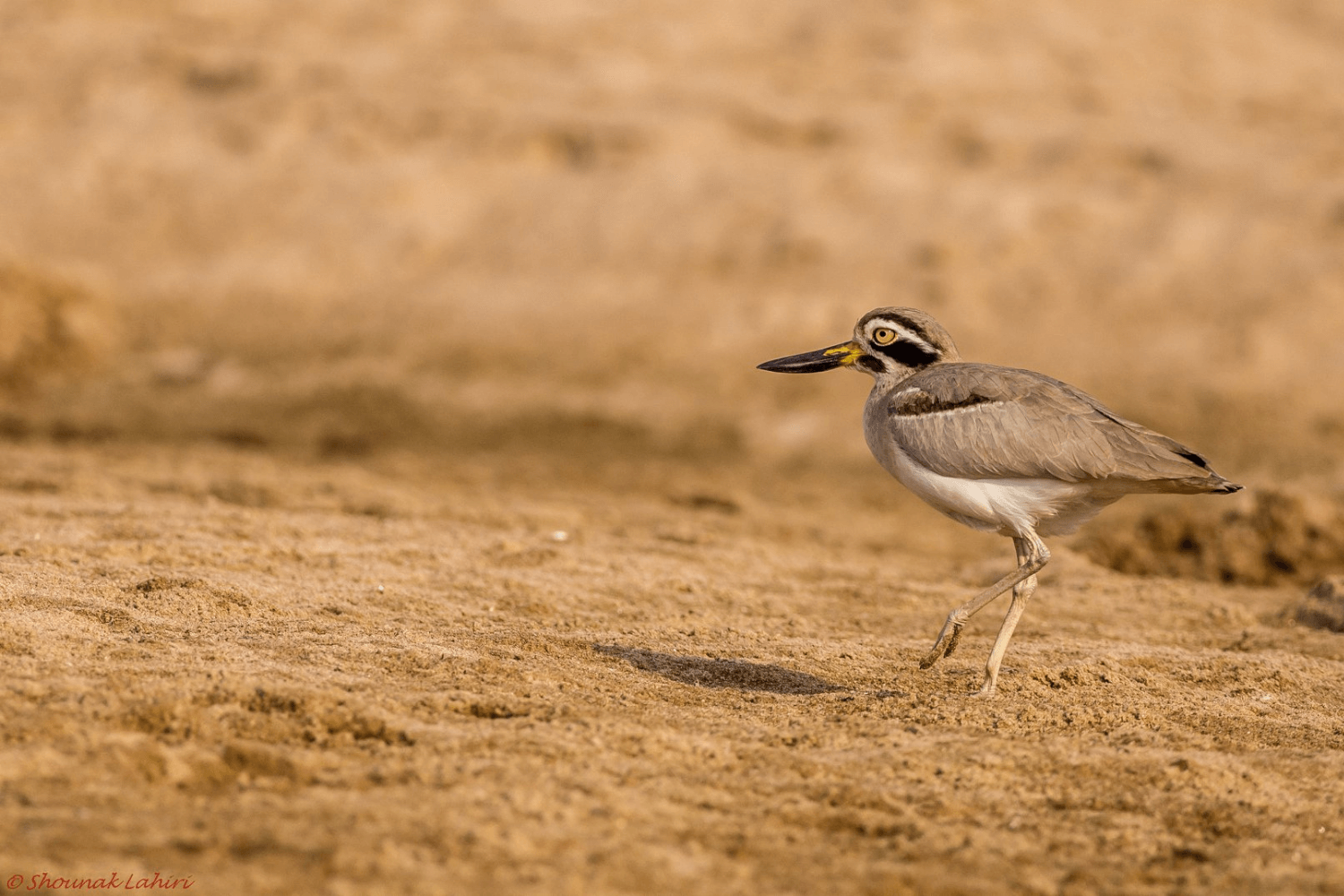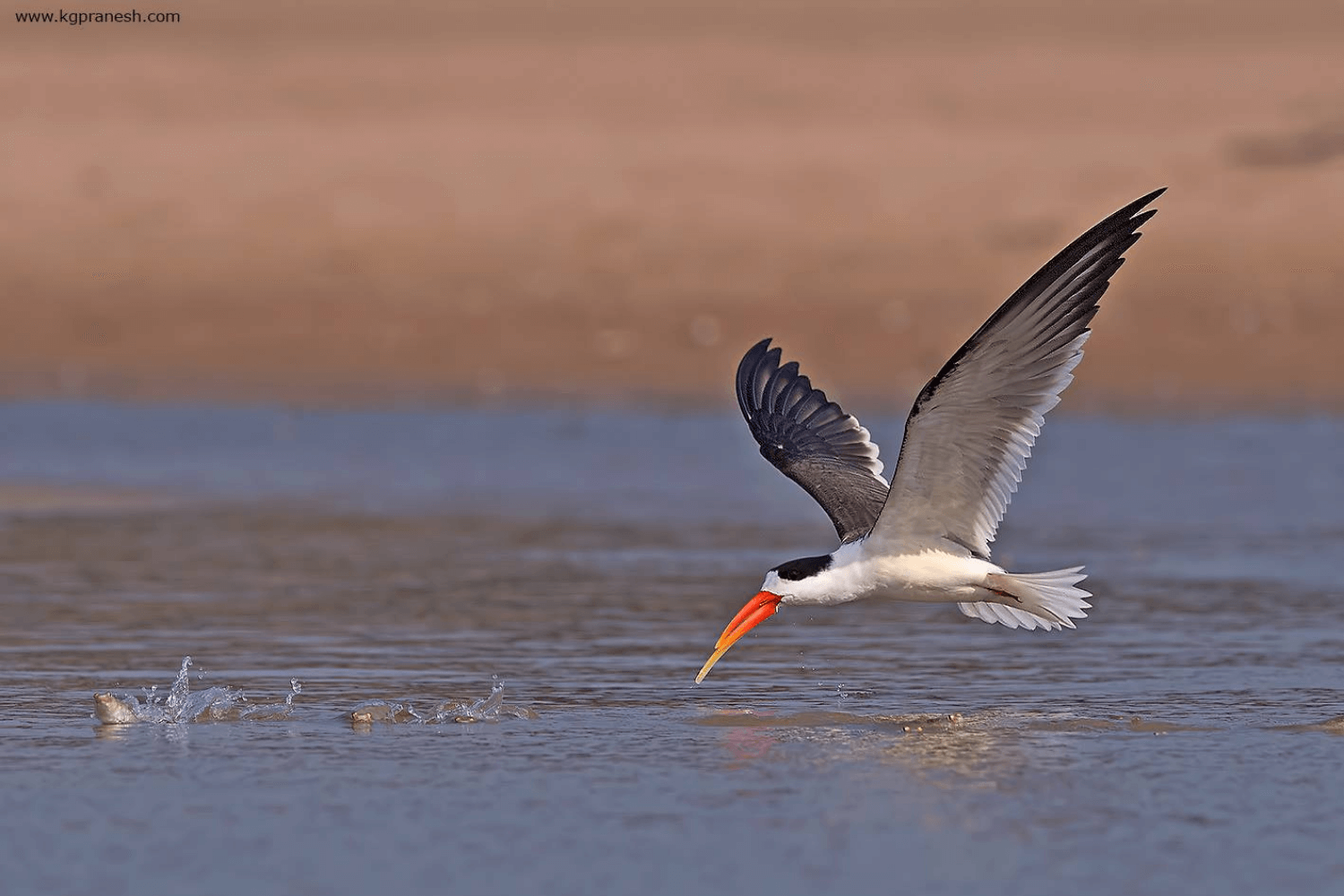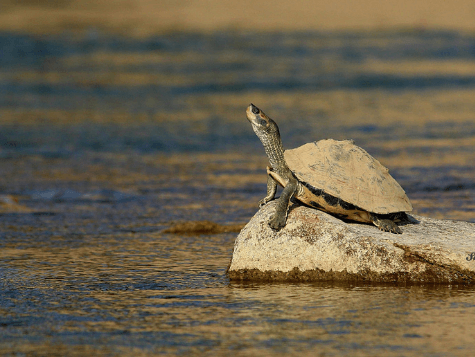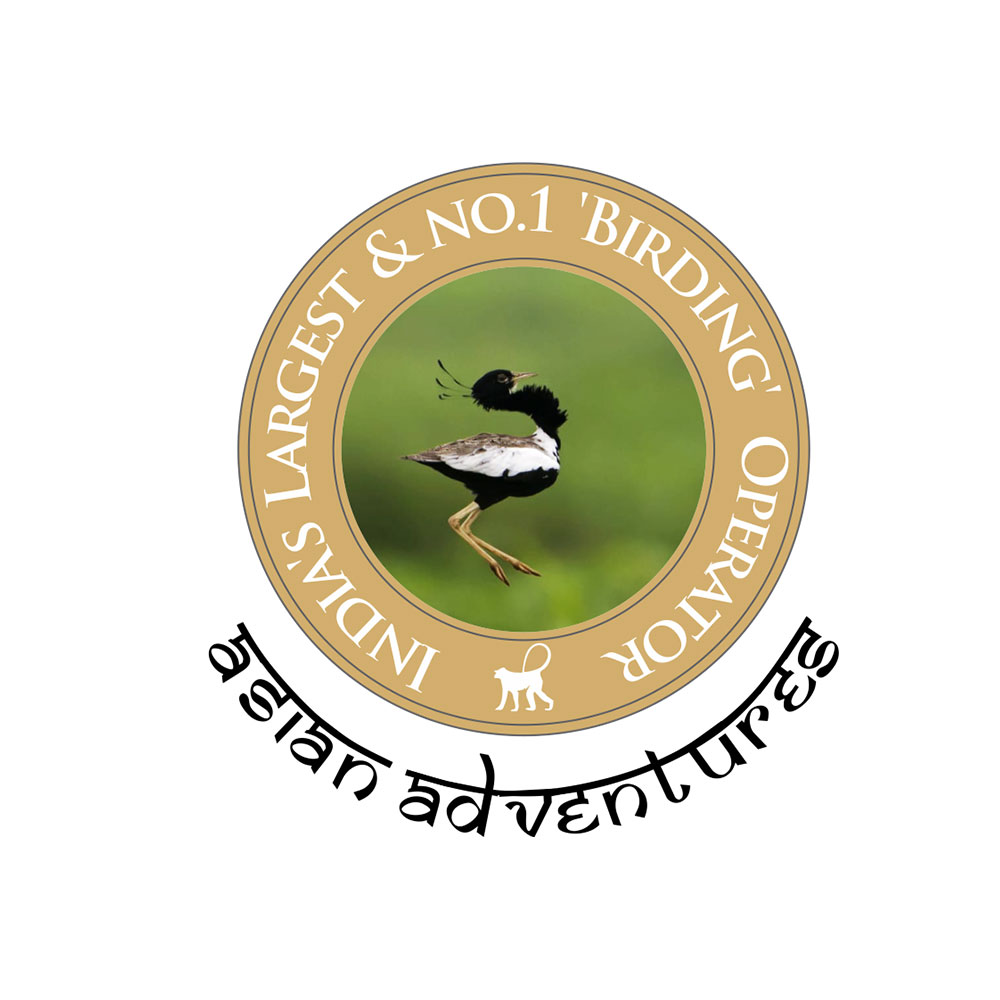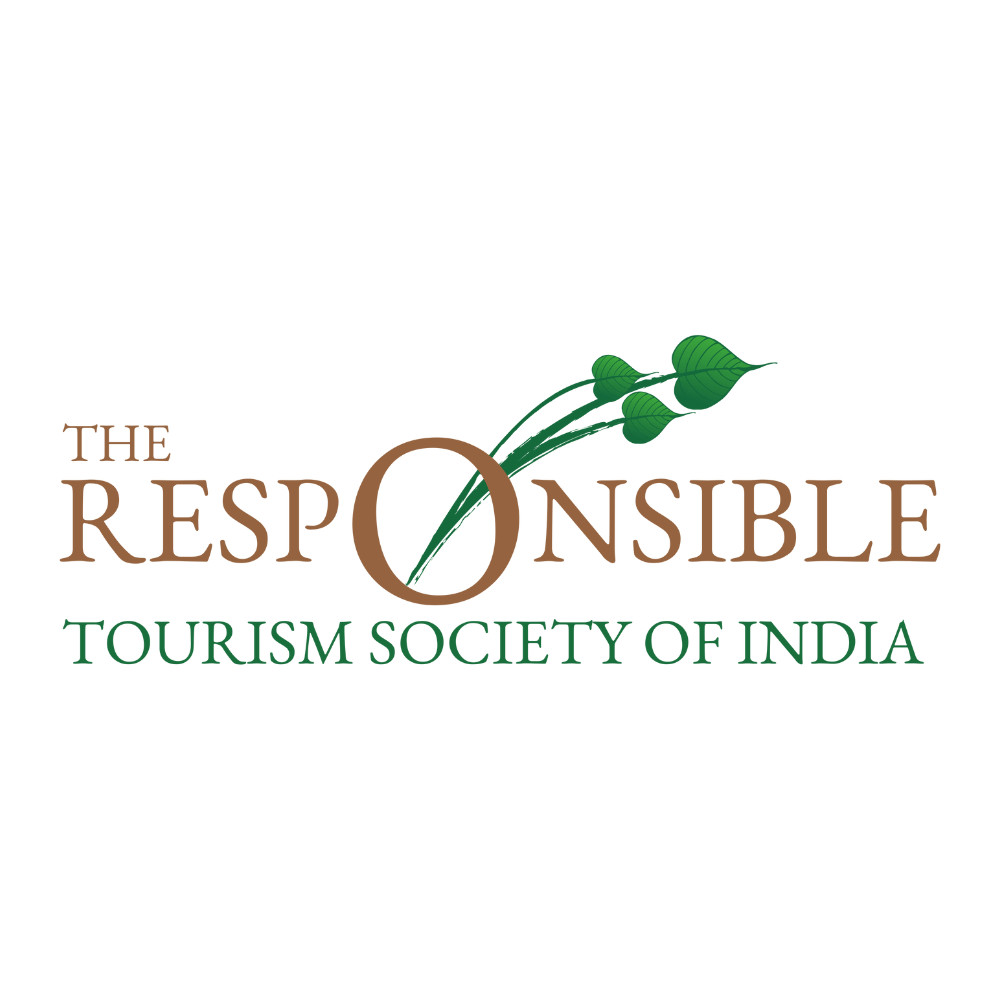Overview
Our birding tours in North India are easily our most fruitful and most successful, and for many reasons. A stunning variety of landscapes, birds, and mammals, unique cultural experiences, and the opportunity to visit the iconic Taj Mahal. All these make this the perfect tour for first-timers and seasoned birders alike.
Established as a bird sanctuary in 1972, Sultanpur National Park is home to a variety of wetland and forest birds, both resident and migratory. When combined with the surrounding grassland flats, Sultanpur offers an amazing birdwatching experience relatively close to Delhi.
Keoladeo National Park, more popularly known as Bharatpur Bird Sanctuary, is a famous bird sanctuary in Rajasthan, India. The man-made wetland was created more than 250 years ago by Maharaja Suraj Mal, then the ruler of Bharatpur, as a duck hunting ground.
Bharatpur was designated as a bird sanctuary in 1976, and established as a national park in 1982. Over 230 bird species are known to be resident here, and many more visit in the winter. The park consists of a mosaic of habitats, including forest patches, marshland, lakes, and more. This variety in habitats results in a rich bird diversity.
The National Chambal Sanctuary is a protected area in northern India. Located on the tripoint border of the states of Rajasthan, Uttar Pradesh, and Madhya Pradesh, it is located on the Chambal River. One of the cleanest rivers in India, the Chambal is home to the endangered Gharial (or Fish-eating Crocodile), as well as the endangered Gangetic Dolphin. In addition, birding in Chambal is a delight, with a variety of wetland birds such as Indian Skimmer, Black-bellied and River Terns, and many more.
A weeklong birding sojourn in North India
Being from North India, it’s no surprise that this is my go-to region when it comes to planning quick trips. Relatively leisurely birding and a variety of habitats always puts me at ease and destresses me completely.
My first stop on this trip was one that was not far from Delhi at all - the Sultanpur National Park. In fact, it is so close that I don’t even need to bother about looking for accommodation. I can return to the comfort of my own house after a day of birding here. While the actual designated park is a great wetland habitat, perfect for spotting waterfowl, raptors, waders, and even Nilgai, it is the grassland patches surrounding the park that are always my favourite.
These tall grasses are like haystacks with beautiful needles hidden inside them. One such needle was the Sind Sparrow, a bird that has eluded me every time I go birding in Sultanpur National Park. This time, however, with the help of my guide, I was able to find a cute little pair, sitting in a thorny tree. My only regret was that by the time my camera focussed, the sparrows flew off into the grass, never to be seen again. Nevertheless, I was pleased with having seen them at all! Another elusive resident of the Sultanpur Flats is the White-browed Bush Chat, also known as Stoliczka’s Bush Chat. Unfortunately, it eluded me on this visit as well. Nonetheless, I thoroughly enjoyed my day here, with birds like Isabelline Shrike, Long-legged Buzzard, Red Collared Dove, and more to keep me happy!
My next destination was my all-time favourite place - Bharatpur. Bharatpur itself has an old city charm. Carved doors, intricate architecture and warm people make up most of the landscape of the city. Apart from the forts, palaces Bharatpur is also home to some of the most beautiful museums that showcase the history and heritage of the city and the relics and artefacts. Bharatpur is home to the Bharatpur Palace and Museum, the beauty of which blew me away. Many of the old havelis and palaces have now been turned into hotels or resorts, but they still retain much of their original structure and character. It’s really not difficult to imagine what Bharatpur must have been like a hundred years ago.
Birding in Bharatpur for two full days was bliss for my inner birder. From regal-looking storks and cranes, to scores of ducks, grebes, waders, and more, there was plenty to keep my eyes and camera busy! With the help of my guide, I even got a far away glimpse at a Dusky Eagle-Owl, a lifer for me, and even more special as I am partial to owls.
Much of my second day here was spent with a day trip to nearby Dhaulpur, and the Chambal River Sanctuary.
Heritage, history and culture together form a major chunk of Chambal. Chambal is home to some majestic havelis and homes of the locals, some of which are still inhabited by the owners. There are many local villages that exhibit heritage values. One such village is Holipura, the locals there have stories to share, tales to tell about the city, their village. Chambal is a lot more than just being home to some of the most dreaded dacoits back in the day. The Havelis and Homes in Chambal are a mix of Mughal and Colonial architectural styles that exhibit the historic value of the place.
Now if there is one group of animals I like as much as birds, it is the crocodilians, and Chambal is the best place to see the Gharial, a very special animal for me. The best way to explore is by boat specially provided by the Forest Department, and this Chambal river safari was the perfect way for me to get up close and personal with some of the more special river denizens for some amazing birding in Chambal. I managed to see some amazing wildlife, including my targeted Gharials, and birds like Indian Skimmer, Black-bellied and River Terns, and various waders.
Sadly, Chambal was my last birding stop on this particular journey. However, on the way home, I did have one more place to visit - the ancient city of Agra!
Living in Delhi, I’ve been to the Taj Mahal countless times, but every time I come here, it’s like seeing this monument for the first time. The breathtaking beauty and elegance of this structure and the gardens always makes me wish I could see it when it was first made, at the height of its beauty! I always make it a point to stop by here every time I come to Bharatpur!
So it was that another birding trip came to an end. I learnt how much difference a good birding guide could make, helping me spot elusive birds in the grasslands of Sultanpur, or even teaching me so much about the history of Chambal, something I’ve never really paid attention to.
Please Note, the Acronyms in Bird Species
R stands for Resident Birds
S stands for Summer
W stands for Winter

Meals: on own
Accommodation: Hotel Shanti Palace
Your tour starts in New Delhi. You will be met at the airport by our representative and transferred to your accommodation. You have the evening free for sightseeing or shopping, or just to rest. You may ask us for tours (optional) covering various monument sites, museums, bird watching habitats, tourist markets, food joints, theatres, performance venues,s, etc.
Overnight stay.

Meals: Breakfast
Accommodation: Hotel Shanti Palace
After an early breakfast, we will check out and drive to Sultanpur National Park for a couple of hours of birding. A fantastic wetland habitat, Sultanpur is home to many migratory waterfowl and scrub forest birds. When combined with the nearby grassland patches, it is a very promising birding destination.
In the evening, we will return to Delhi for an overnight stay.
Key species: Red Avadavat (R), Black-necked Stork (W), Indian Courser (W), Red Collared Dove (W), Eurasian Collared-Dove (R), Black-breasted Weaver (R)

Meals: Breakfast
Accommodation: Kadamb Kunj
After breakfast, we will check out and travel to Bharatpur. After arriving in Bharatpur, we will spend the afternoon birdwatching inside the Keoladeo National Park. One of the smallest national parks in the country at just 29 sq. km, Keoladeo National Park has a variety of habitats and is the winter home of over 350 species of birds.
Overnight stay.
Key species: Sarus Crane (R), Great White Pelican (S+W), Ruddy Shelduck (S+W), Eurasian Spoonbill (R), White-breasted Waterhen (R), Oriental Darter (R), Knob-billed Duck (R), Brown Hawk-Owl (W), Rufous Treepie (R)

Meals: Breakfast
Accommodation: Kadamb Kunj
We have a full day of birdwatching in Bharatpur today. Apart from a myriad of wetland and forest birds, Bharatpur also has an excellent variety of mammal species, such as Nilgai, Sambar and Spotted Deer, Wild Boar, and Golden Jackal.
Overnight stay.
Key species: Eurasian Coot (R), Lesser Whistling Duck (R), Dusky Eagle-Owl (R), Spotted Owlet (R), Indian Pitta (S)

Meals: Breakfast
Accommodation: Kadamb Kunj
Another full day of birdwatching in Bharatpur, looking for targets, or just enjoying the company of the feathered beauties.
Overnight stay.
Key species: Grey-headed Swamphen (R), Watercock (R), Greater Painted-snipe (R), Indian Courser (R), Bronze-winged Jacana (R)

Meals: Breakfast
Accommodation: Chambal Safari Lodge
After an early breakfast, we will proceed to the Chambal River at Dhaulpur for a boat safari, which will last about 2-3 hours. One of the cleanest rivers in India, the Chambal River is the best place to see the Gharial (or Fish-eating Crocodile), and also many wetland birds like Indian Skimmer, Black-bellied, River Terns, and more.
Overnight stay.
Key species: Gangetic Dolphin, Gharial, Marsh Crocodile, Indian Skimmer(S+W), Black-bellied Tern(S), River Tern(R), Oriental Darter(R)

Meals: Breakfast
Accommodation: None
After an early breakfast, we will proceed to Agra, where we will have an afternoon guided tour of the Taj Mahal (closed on Fridays). Apart from the Taj Mahal, Agra is also home to the massive Red Fort, which has been the seat of Mughal rulers for several years. Sikandra, the red sandstone mausoleum of Emperor Akbar, is also a popular monument.
Later, we will drive to Delhi for your connecting flight back home.
Tour ends.
Highlights
- Rich bird diversity in varied landscapes, including iconic species such as Indian Skimmer, Sarus Crane, Sind Sparrow, and more
- A large variety of mammals and reptiles of North India, including Gharial, Marsh Crocodile, Sambar and Spotted Deer
- Stay in some of North India’s best ecolodges, hotels, and homestays.
- Delicious, farm-fresh and organic Indian meals
- Easy birding at a leisurely pace
- Possibility of customization
- Option of visiting the iconic Taj Mahal in Agra
- Glimpses of the beautiful landscape, architecture and lifestyle of North India
Included
- Accommodations on twin sharing basis Meals: as per the itinerary
- 02 Full Days of birding in Bharatpur on Cycle Rickshaws Taj Mahal visit with the Guide
- Taj Mahal Entry Fee Transport in a private vehicle for all long and short journeys
- Guide at each destination Government tax
Video
Location
Stories
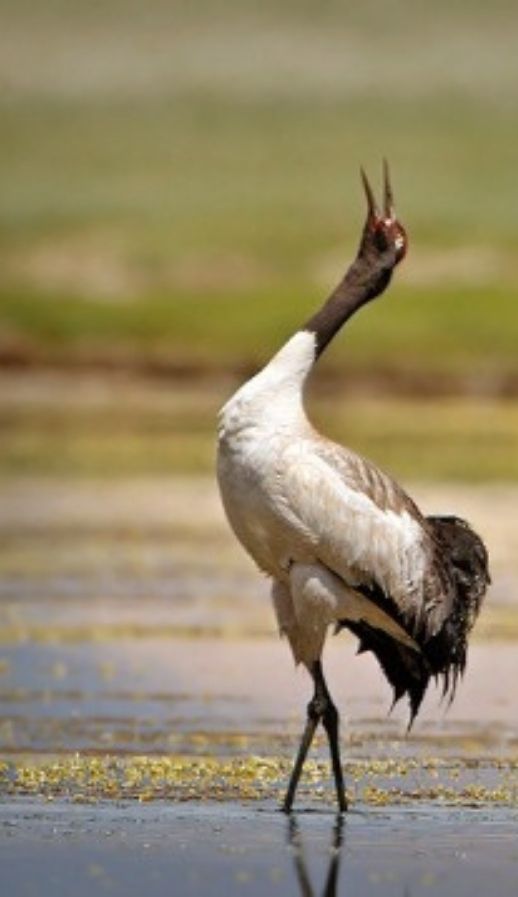
Ladakh
North India, the land of Ladakh, looks as though it was made for birdwatching and photography.

Gir National Park Gujarat
Sometimes it is not just the species spotted but also the amazing moments. Some of our guests had the unique opportunity to witness the mating of Asiatic Lions in the Gir Forest, truly a special moment.

Delhi
Surajpur is an amazing wetland close to the nation’s capital. Apart from being one of the monsoon homes for the Bristled Grassbird, it is also home to another sought-after species: the Bengal Bush Lark.

Rajasthan
One advantage of living near the birding hotspot of Bharatpur is that you can see some amazing birds, like the graceful Sarus Crane, in your backyard during this lockdown


